Awakening objects and cultures
The Awaken exhibition includes almost 200 items from the extensive Donald Thomson Collection during the Melbourne University anthropologist’s 50-year career.
The exhibition explores a collection of objects, animals and plants that emerged out of the relationship between Donald Thomson and many Aboriginal people from three main source communities: the Pintupi in the Western Desert, and the diverse cultural regions of Arnhem Land and Cape York.
Awaken is curated by Worimi Nation film-maker, curator, storyteller and Head of First Peoples at the Melbourne Museum, Genevieve Grieves, with Rosemary Wrench and Shonae Hobson (Kaantju).
The exhibition aims to foster a greater understanding of the cultures, knowledge and values of several Australian Indigenous communities and language groups and reaffirms the University’s commitment to Reconciliation with its focus on a holistic, inclusive and two-way relationship between Indigenous and non-Indigenous Australians.
‘Awaken’ highlights the deep and abiding relationships that exist between communities of origin and objects held in museums. Objects are a rich source of knowledge and understanding, but they truly awaken when connected to their communities.
Open: 12 October 2018 to 2 April 2021 (Gallery closed during COVID lockdowns)
The Awaken exhibition has been curated in consultation with communities, using local knowledge alongside Donald Thomson’s fieldwork notes to awaken the stories of these objects and explore community’s deep and abiding connections with them.
Watch the video to find out more.
Awaken has a focus on community participation and cross-cultural exchange, highlighted by several displays within the exhibition
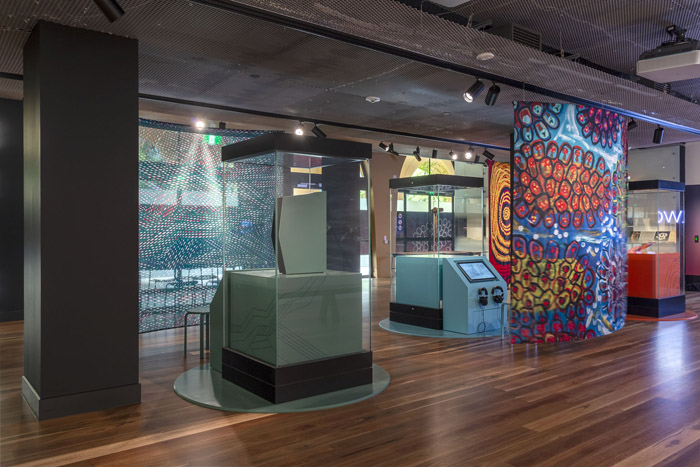
Stories of connection
This area of the Awaken exhibition features objects, images, and archival footage from the Donald Thomson collection, as well as three short films, commissioned to highlight the deep connections between people, place and cultural material.
These films share the spiritual, cultural and social significance of collection material, bringing objects to life through their relationship with their source communities.
Each story presents a young person from the three main source communities Donald Thomson worked with: Western Desert, Cape York and Arnhem Land.
To view the films please click on the images below
-
Jessie Nungarrayi Bartlett
Jessie Nungarrayi Bartlett from the Western Desert region, talks about a sandal from the collection and what it represents to her and her family.
-
Ruby Kulla Kulla
Ruby Kulla Kulla who is from Cape York but has lived most of her life in Melbourne, reflects on the impact of the collection to her own sense of family history.
-
Ishmael Marika
Ishmael Marika from North East Arnhem Land, discusses some original film from the collection and the responses of community Elders to that film footage.
Also included in the narrative section of the exhibition is:
- A display of objects still made and used by communities today, highlighting the ongoing connection between past and present
- A collection of Donald Thomson’s personal belongings, articulated through the experience and memories of his daughters. This offers a reflexive view of the collection, the process of collecting and the value of community engagement
-

Installation view of the 'Awaken' exhibition in the Arts West Gallery. Photo: Christo Crocker, 2019. -

Installation view of the 'Awaken' exhibition in the Arts West Gallery. Photo: Christo Crocker, 2019. -

Installation view of the 'Awaken' exhibition in the Arts West Gallery. Photo: Christo Crocker, 2019. -

Installation view of the 'Awaken' exhibition in the Arts West Gallery. Photo: Christo Crocker, 2019. -

-

-
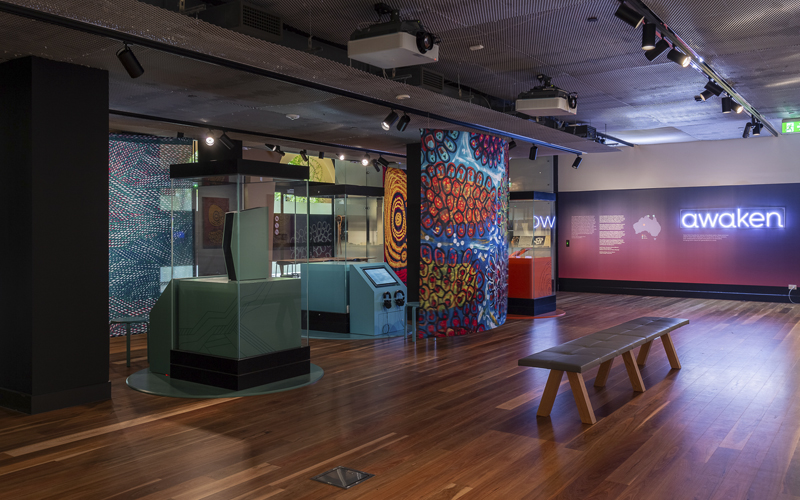
-

-

-

-

-

-

-
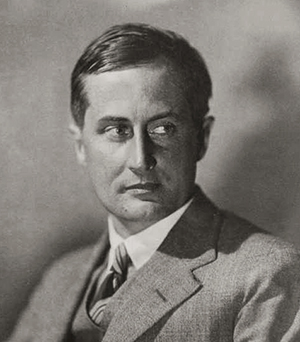
-

-
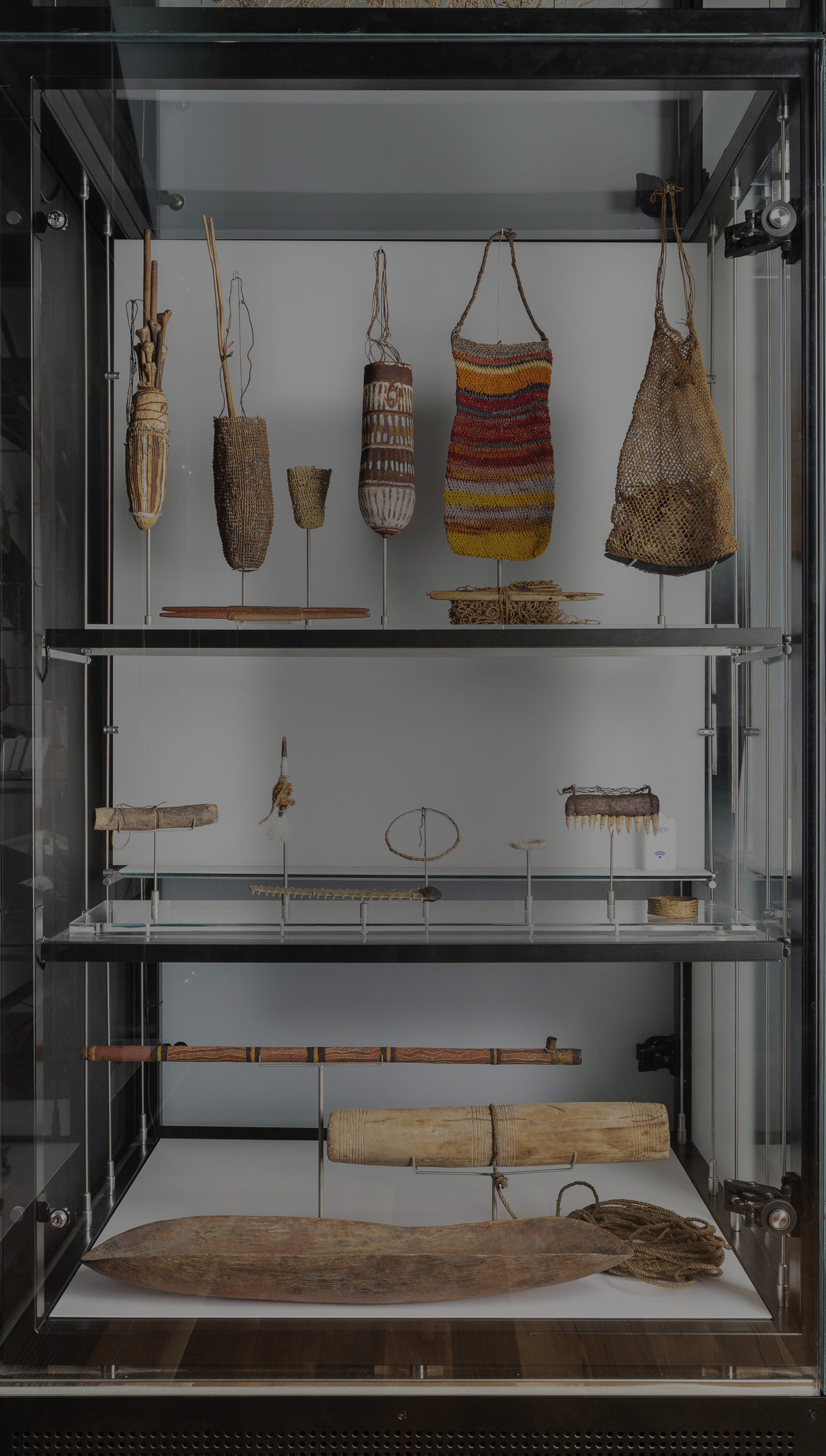
-
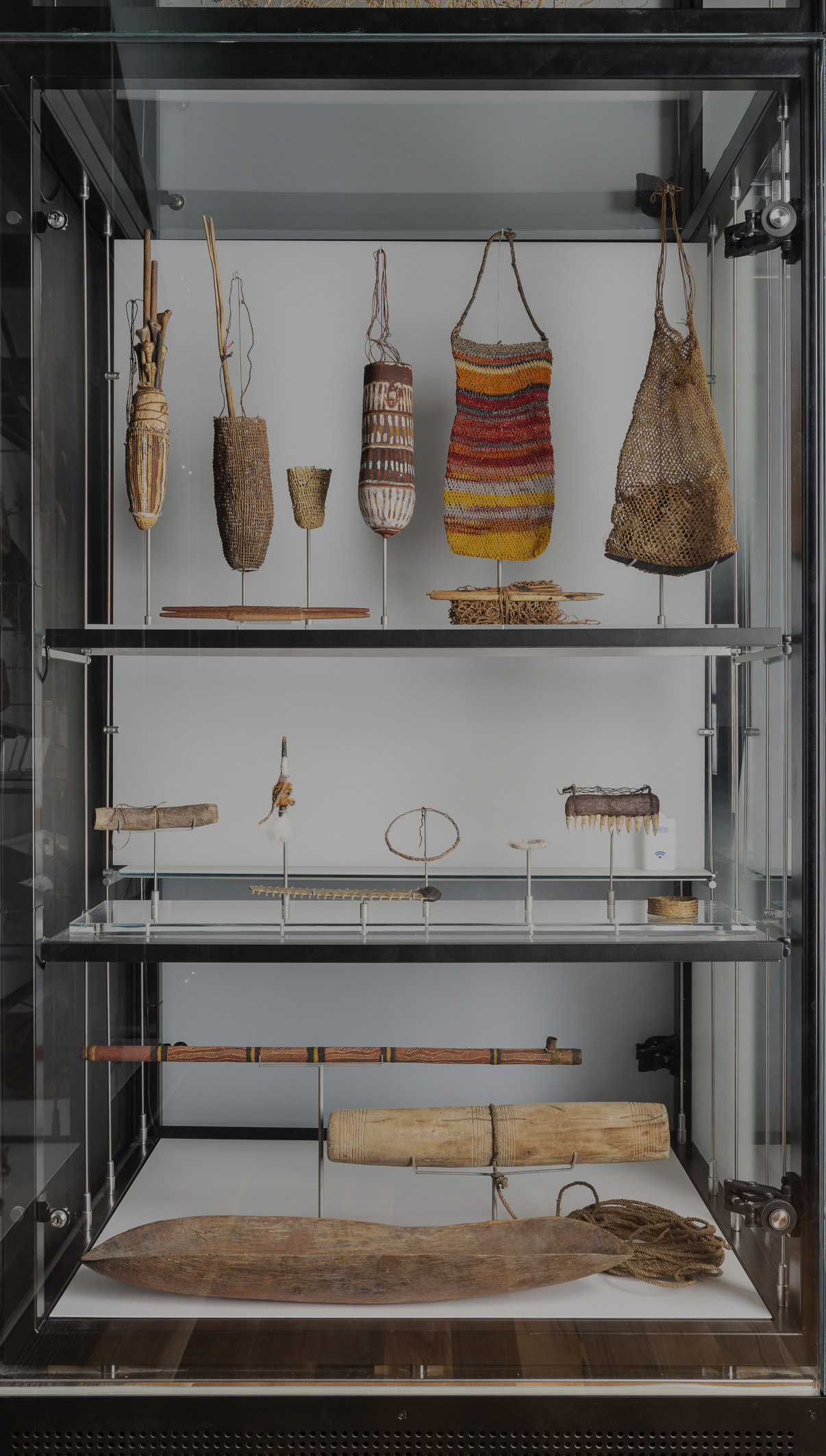
-
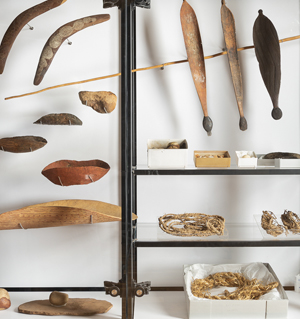
-
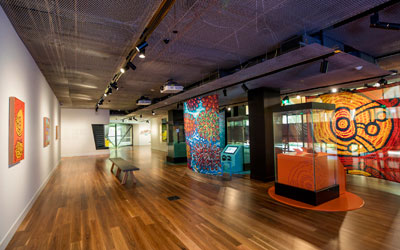
-

-

-

-

-
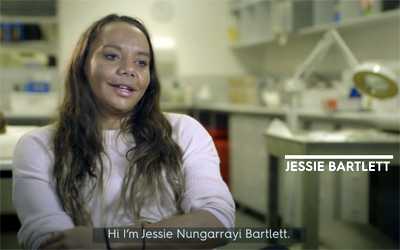
-

-
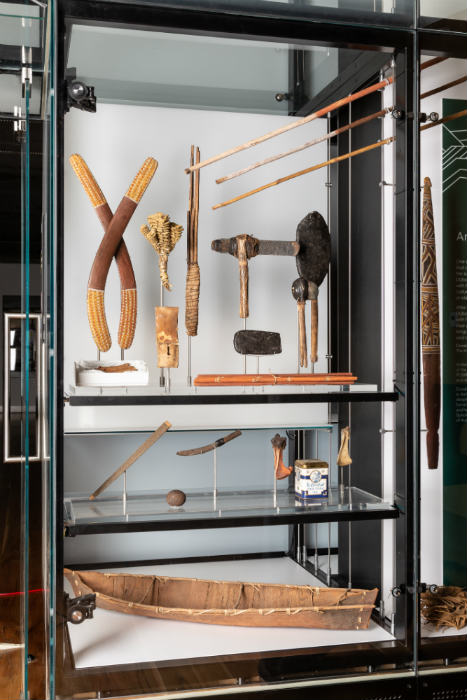
-
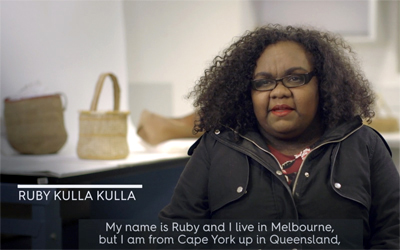
-

-
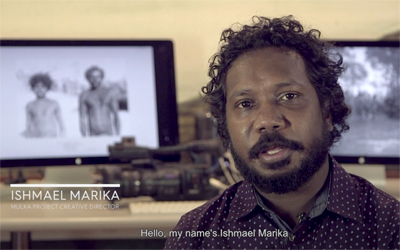

Massed object display
This section of Awaken features objects that came to the collection through Thomson’s relationship with the Pintupi and diverse communities of Arnhem Land and Cape York.
Many of these objects do not yet have stories associated with them and this journey of discovery will facilitate teaching and learning and encourage a deeper connection to community.
This section of the exhibition features innovative digital labels, including 3D images and virtual reality of the objects, to unlock the objects from their display cases and 're-place' them into the contexts from which they came.
These digital labels have been loaded onto digital devices that are available at the exhibition.
Find out more about this on the Faculty of Arts Digital Studio website.
-

Installation view of the 'Awaken' exhibition in the Arts West Gallery. Photo: Christo Crocker, 2019. -

Installation view of the 'Awaken' exhibition in the Arts West Gallery. Photo: Christo Crocker, 2019. -
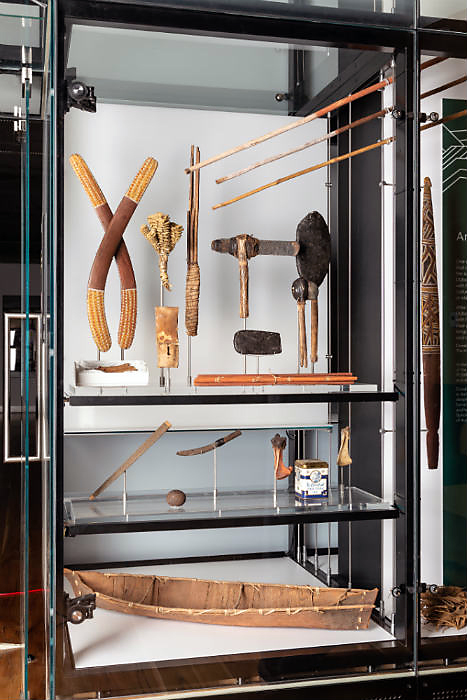
Installation view of the 'Awaken' exhibition in the Arts West Gallery. Photo: Christo Crocker, 2019. -
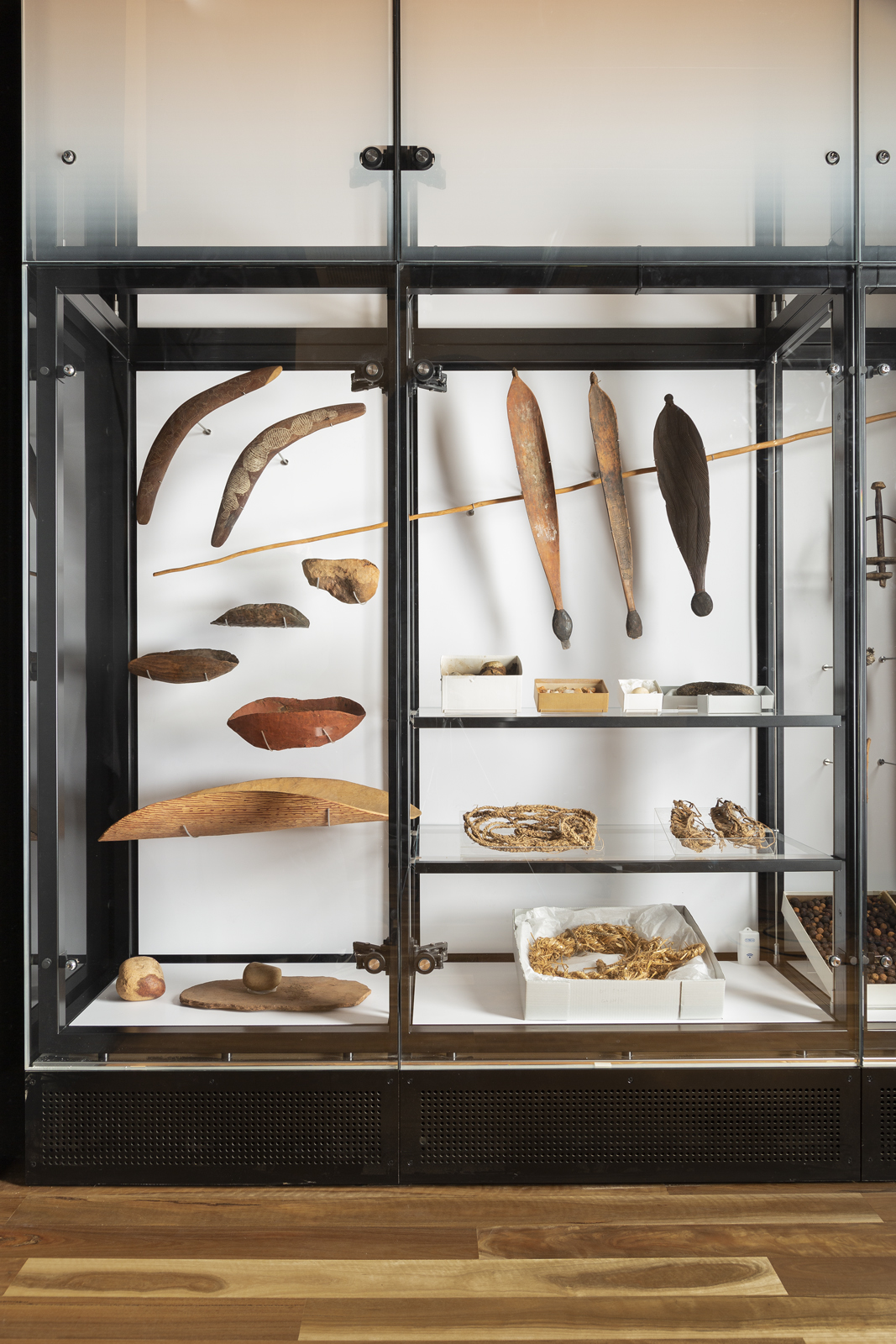
Installation view of the 'Awaken' exhibition in the Arts West Gallery. Photo: Christo Crocker, 2019. -
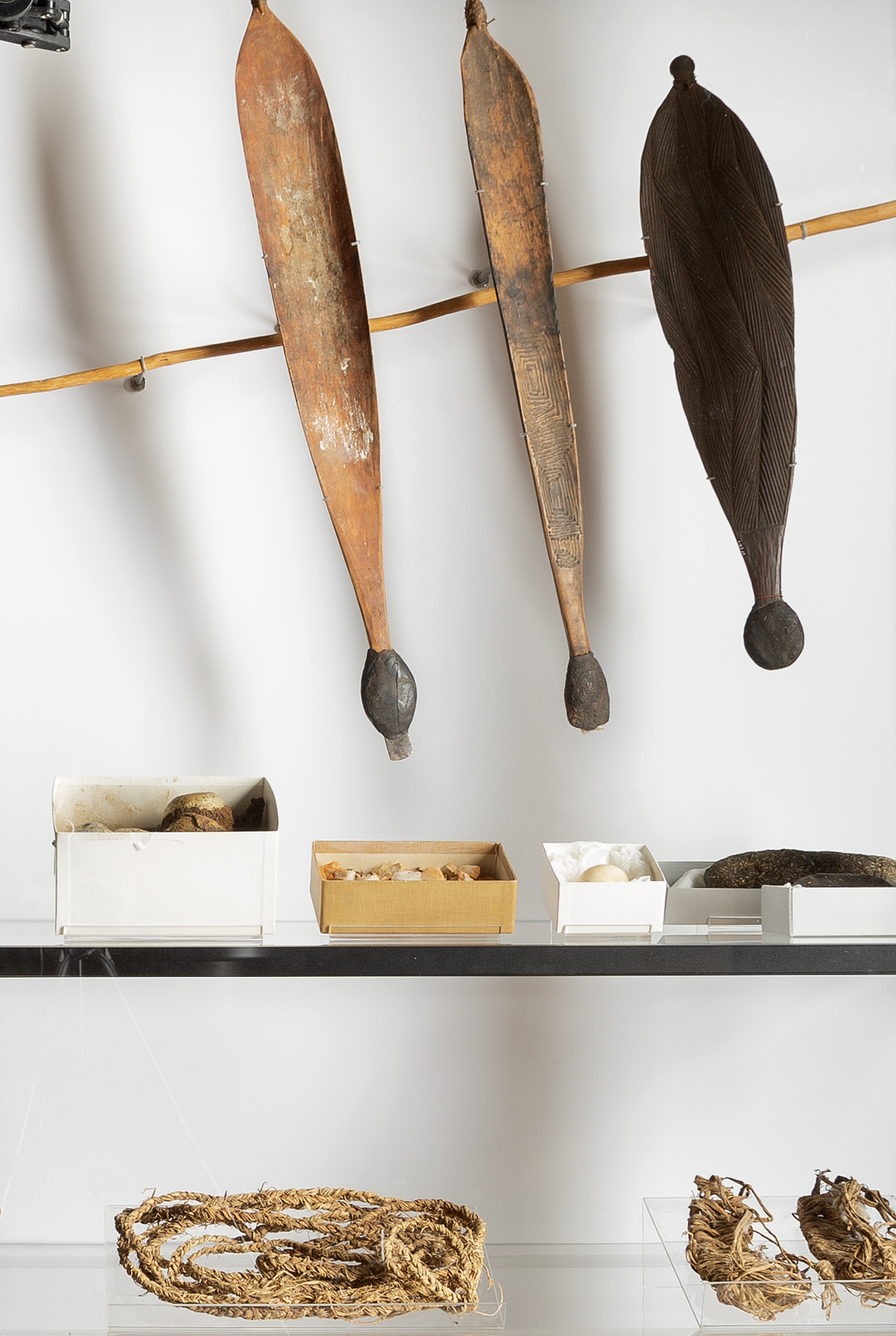
Installation view of the 'Awaken' exhibition in the Arts West Gallery. Photo: Christo Crocker, 2019. -

Installation view of the 'Awaken' exhibition in the Arts West Gallery. Photo: Christo Crocker, 2019.
-
Donald Thomson Collection
Visit the Museums Victoria website to find out more about one of the most important collections of anthropological objects in the world.
-
Awaken acknowledgements
The Faculty of Arts acknowledges everyone who has made the Awaken exhibition possible.
-
Awaken room brochure
The Awaken exhibition highlights material objects from the Donald Thomson Collection. To learn more please download the exhibition room brochure.
The University of Melbourne respectfully acknowledges the traditional custodians of the land on which the University stands, the elders of the Wurundjeri-wilam people of the Kulin Nation, past, present and future. The University seeks to follow in their traditions of welcoming others to this place and of treating the land and its peoples with respect. The University acknowledges these lands have been part of knowledge passed on to new generations for thousands of years, and it continues that tradition.
Aboriginal and Torres Strait Islander visitors are advised that the Awaken exhibition may contain images and voices of people who have died.